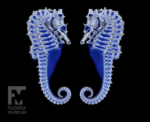An African bush elephant called Henry. Glittering-winged butterflies. A palm-sized taxidermy pink fairy armadillo. These are just a few of the awe-inspiring specimens on display at the Smithsonian National Museum of Natural History in Washington, D.C.
But the 12,000-or-so items that the public sees on exhibit represent not even a single percentage point of the museum’s full collection of 148 million specimens.
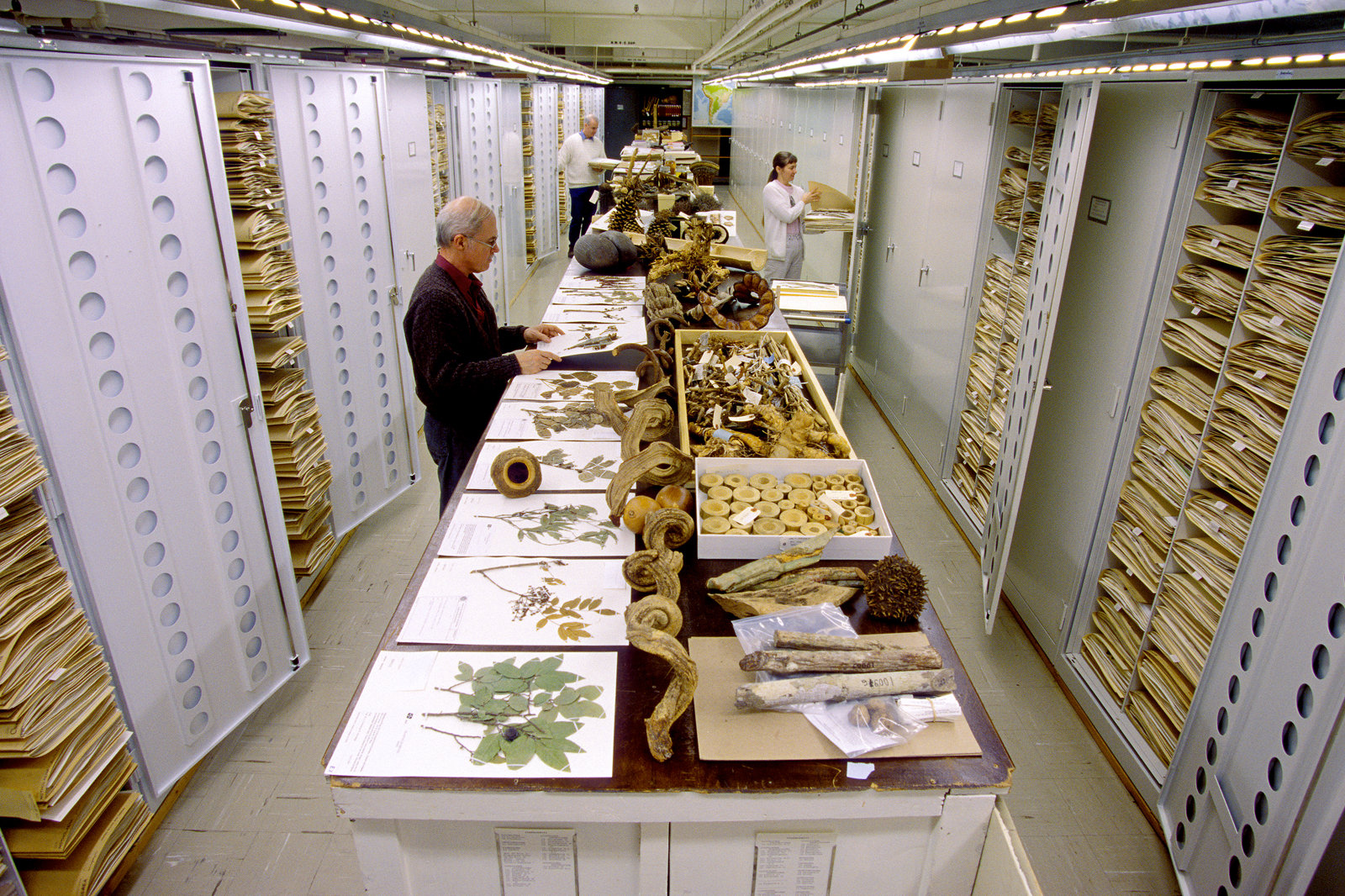
“By and large, the vast majority of things are not on exhibit because the vast majority of things are not for exhibit,” says museum director Kirk Johnson. “They’re for scientific research and knowledge.”
Most people know natural history museums as sites of school field trips and weekend wonderment, places to ogle dinosaur fossils and whale skeletons. But behind the scenes, their collections are vast, valuable repositories. Holding historic data on everything from plant evolution to infectious diseases to mineral deposits, these collections offer a wealth of information that can help researchers of the natural world better understand the current environmental changes driven by the climate crisis and other human activity. In the past, researchers had to visit collections to sort through jars of preserved specimens and sheets of pressed plants. Now museums are stepping up, making it easier for scientists — and anybody — to delve into and explore the trove of knowledge held behind the scenes.
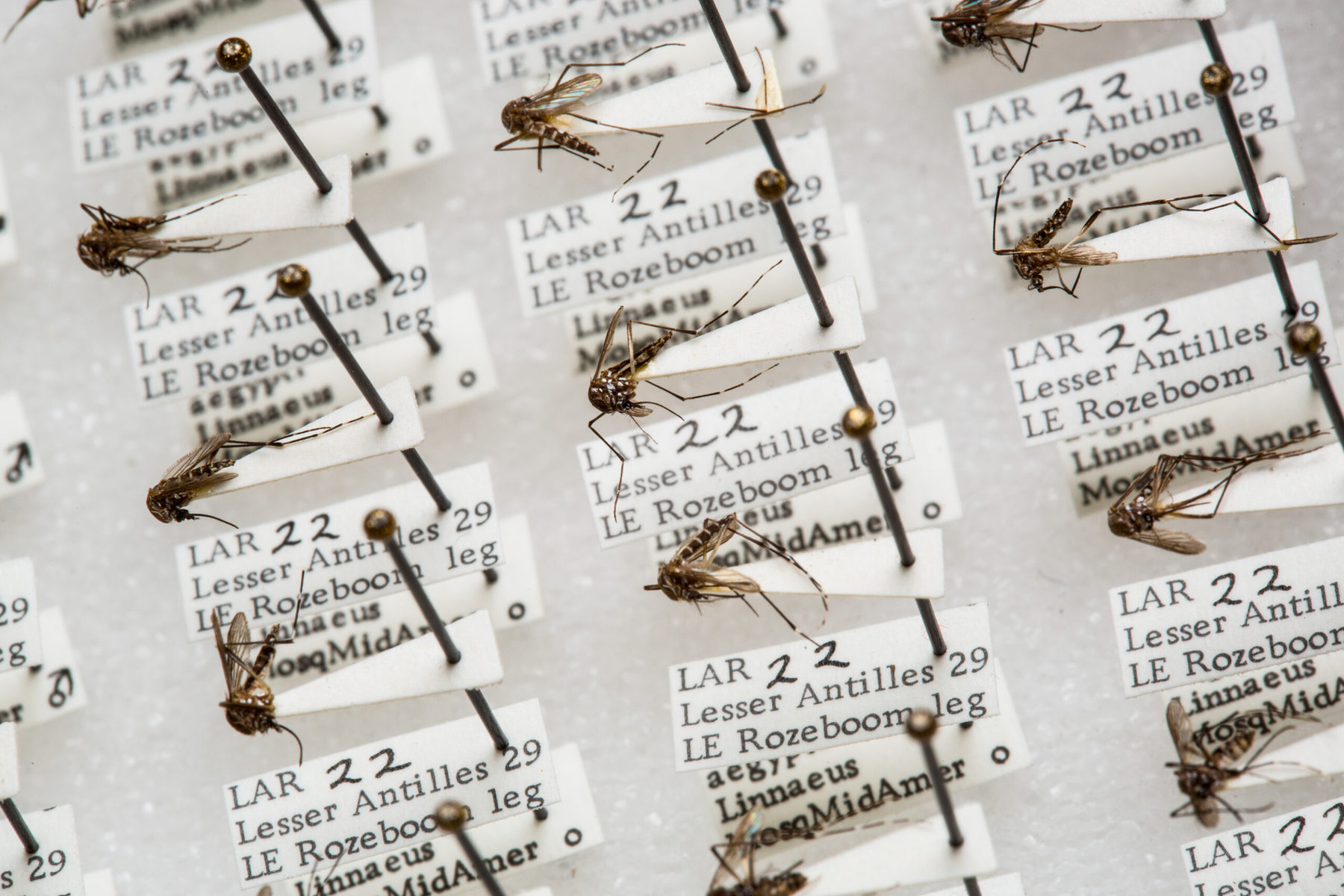
“We’re not just a place full of old stuff,” says Johnson. “We’re the place that records what’s happening. We’re a tape recorder for the planet.”
It’s hard for humans to gauge just how much the environment has changed over time. When people imagine a healthy environment, they tend to think of what nature was like when they were young, explains Natalie Cooper, senior researcher at the Natural History Museum in London. In other words, each generation is used to a new normal, a phenomenon known as “shifting baseline syndrome.”
But major human-driven changes have been taking place for a long time. Carbon emissions began climbing in the 1800s, with the Industrial Revolution. Ecosystems have been shaped by deforestation and urbanization. Wildlife populations have plummeted by 69 percent over the last five decades, and 40 percent of the plant species in the world are facing risk of extinction. Having a historical record of the natural world gives researchers context for environmental changes going on today.
“If you really wanted to understand what things were like before we started modifying the environment, one of the only ways you can do that is by looking at museum collections,” says Cooper.
Weighed down by negative news?
Our smart, bright, weekly newsletter is the uplift you’ve been looking for.The Natural History Museum in London has specimens that have been collected over the last three centuries. Such wide-ranging collections offer data that can help scientists better understand the impacts of environmental trends over time.
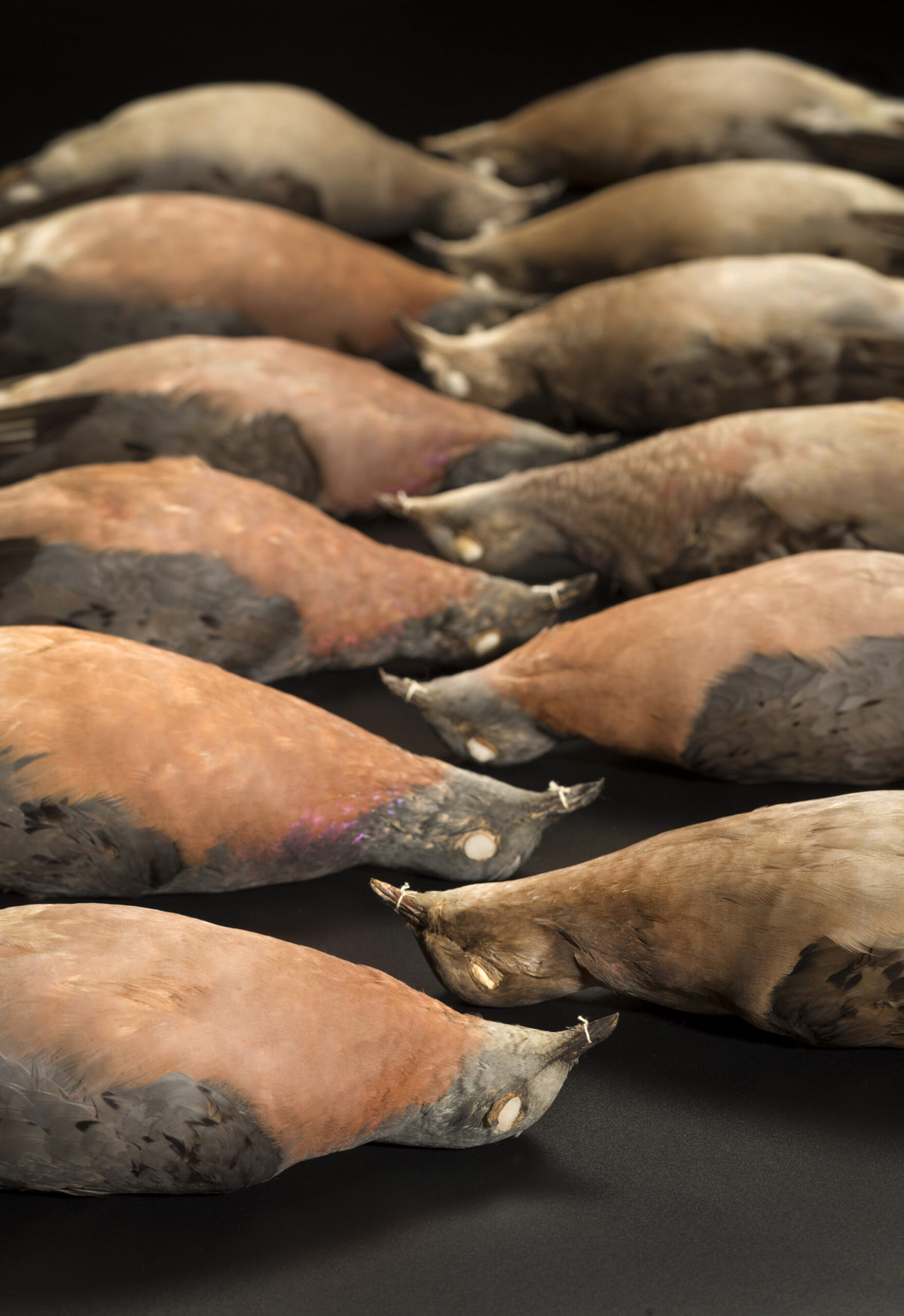
Cooper and her colleagues, for instance, were able to use data from natural history collections to track changes in where pangolins live. The scale-covered raccoon-sized mammals, native to Africa and Asia, have been under stress from urbanization and poaching. Other researchers looked at bumblebee specimens collected through the 1900s in the UK, focusing on how symmetrical their wings are, which can be a sign of stress. They found that bees’ wings developed more asymmetrically in the second half of the century as environmental stressors mounted, particularly in warmer years. Collections also are useful for learning about diseases; researchers in the US found new insights into how leprosy spreads by looking at armadillo specimens collected between 1974 and 2017.
For scientists focused on botany, herbaria — collections of plant specimens — are valuable both for the historic snapshots they capture, and for shaping research strategies today. When Thaís Vasconcelos was working on her PhD studying a particular flower in Brazil, she looked at herbarium specimens to get a sense of where the plant grew and when it would be flowering. That helped her figure out where to target her field research.
Now an assistant professor and herbarium curator at the University of Michigan, she says data in herbaria capture how invasive species move into new areas, and show dynamics of extinction. Some specimens collected in Michigan in the 1800s are locally extinct, their habitat completely gone. There are some species that are only known in herbaria — they have never been found in nature again.
“At least we know that they existed at some point,” Vasconcelos says.
As valuable as natural history collections are, they are often so big, with specimens collected over the course of centuries, that institutions aren’t even sure exactly what they have. The Natural History Museum in London holds 80 million specimens, some of which are not well-labeled, according to Cooper. Collections also reflect the collectors’ biases; Cooper found that among the museum’s bird and mammal specimens, there is a higher proportion of male than female specimens, a disparity that shapes the outcomes of research.
Around the world, museums are working to create digital records of their collections, which safeguards the information, makes data available to wider audiences, and can even lead to revelations about items that have long been stored on shelves or hidden in drawers.
“We’ve been looking after this stuff for hundreds of years,” Cooper says. “And now new technologies mean we can actually use the collections in a way that nobody ever imagined we could possibly use them.”
Johnson, of the Smithsonian, sees natural history museums as “scientific infrastructure.” But while he says they have a lot to offer, one of the challenges is that the institutions have not been well-connected in the past. So, about eight years ago, he and his colleagues at other major museums decided to figure out what they collectively hold.

While digitizing efforts have been gaining steam, Johnson explains, it would take decades to fully document collections digitally. Instead, the museums developed a shortcut. They broke down collections into broad categories, classifying items by geographic region and type. Then they asked museums roughly how many items they held in each category. For instance, do they have 10, 10,000 or 10 million reptiles from South America? Seventy-three museums participated in the survey, giving a general sense of the 1.1 billion items they collectively hold.
The survey shows both what museums have and what’s missing. There’s not much from the polar regions, for instance, and insects are underrepresented. By working together, Johnson explains, museums can collaborate to fill in gaps in knowledge and target collecting strategies without duplicating efforts.
Meanwhile, efforts to digitize are ongoing. In 2022, the US Herbarium completed a seven-year effort, uploading 3.8 million images that are now freely available for anyone to peruse. All the information was also added to the Global Biodiversity Information Facility, an international project that compiles data from around the world.
Making this historic environmental data more widely available can support responses to the climate crisis, Johnson explains: “We’re bringing museums to the fight.”
Even just the digitization process can lead to revelations. The openVertebrate project, or oVert, has collected and shared high-resolution 3D data for more than 13,000 museum specimens.
“Some of the animals that we’re imaging, no one’s ever looked inside them before,” says Dave Blackburn, a curator and professor at the Florida Museum of Natural History at the University of Florida who led the oVert project.
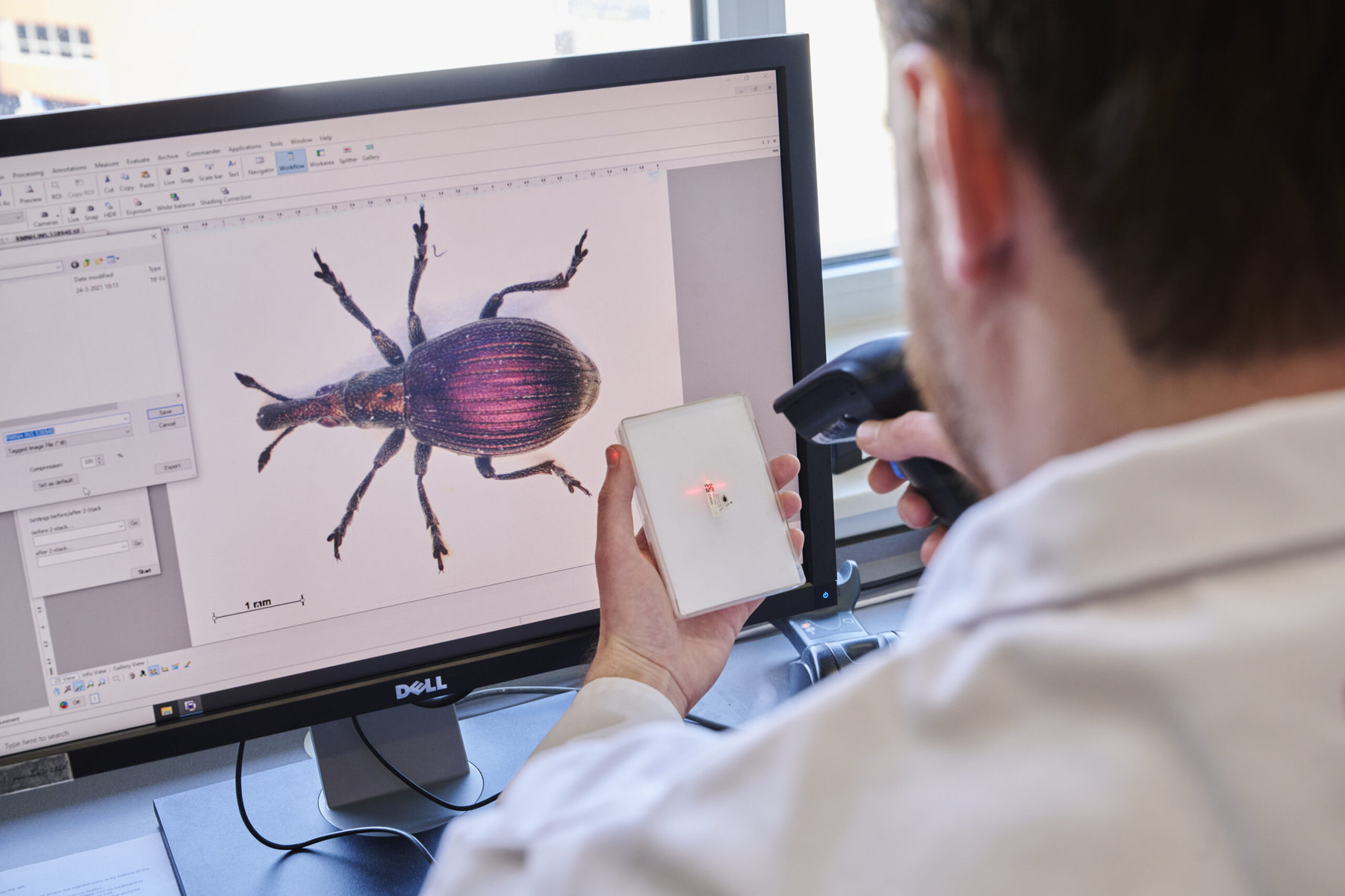
While scanning a specimen of a type of mouse for oVert, a scientist realized that its tail was lined with bony plates, a revelation because until now, armadillos were the only other living mammals known to have such a trait.
The high-resolution data oVert has made available can help researchers look at how animals evolved, how their joints and muscles work. Scientists can face barriers trying to access certain specimens, particularly rare ones, but with this in-depth data available online, researchers everywhere can dig in. It’s also valuable beyond the niches of research. About a third of oVert’s users are not scientists, Blackburn says. Elementary school teachers through graduate course professors use oVert data in classrooms around the world. Artists look at scans to inform their work. Some users Blackburn tentatively termed “anatomical hobbyists” are simply curious: “They just would love to 3D print a skull.”
As important as museums are as tools for scientific research, they are also great for getting people without a science background interested in and excited about the natural world. Usually that’s through exhibits in brick-and-mortar buildings, Blackburn says, but digitizing collections offers a peek behind the curtain.
“There’s an awful lot to inspire that comes from the back-of-house,” Blackburn says.
With digitization, he says, the natural history recorded on storeroom shelves can be just as inspirational.





